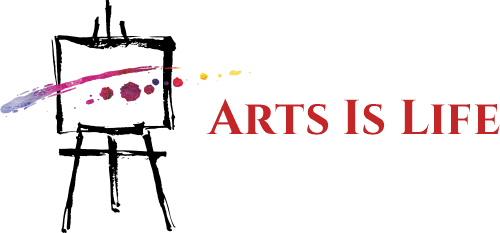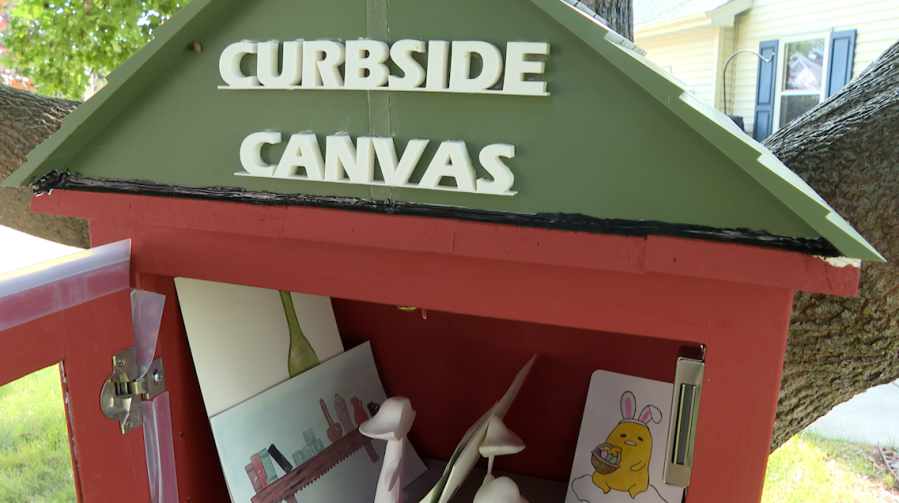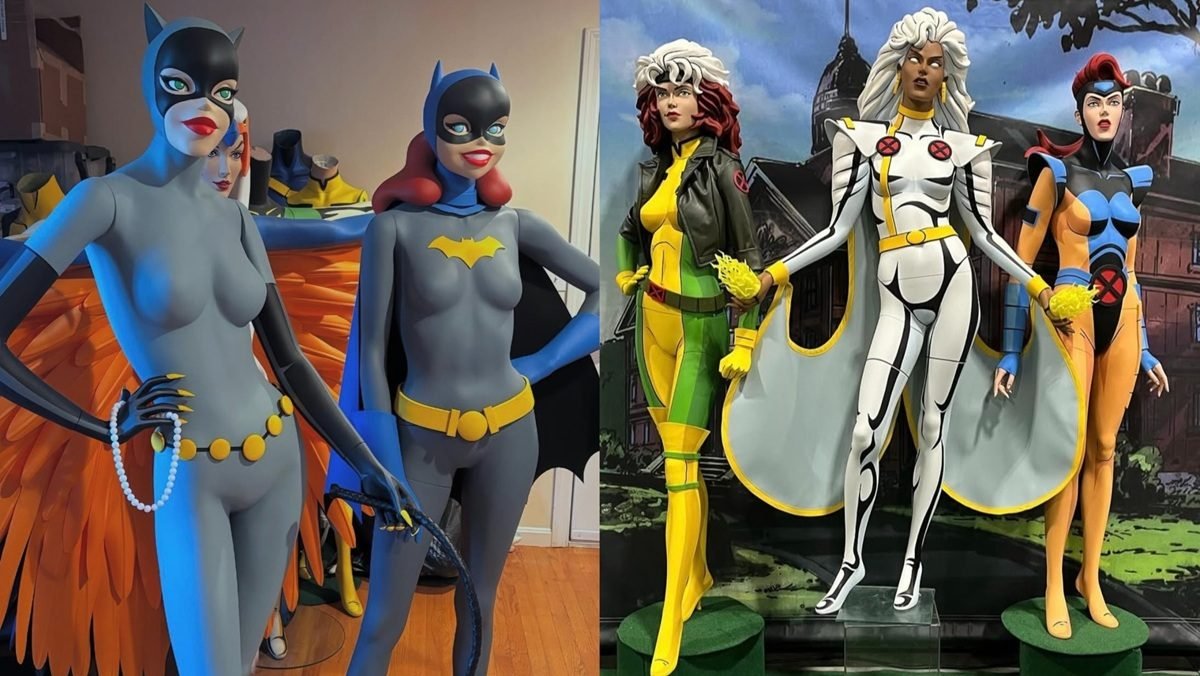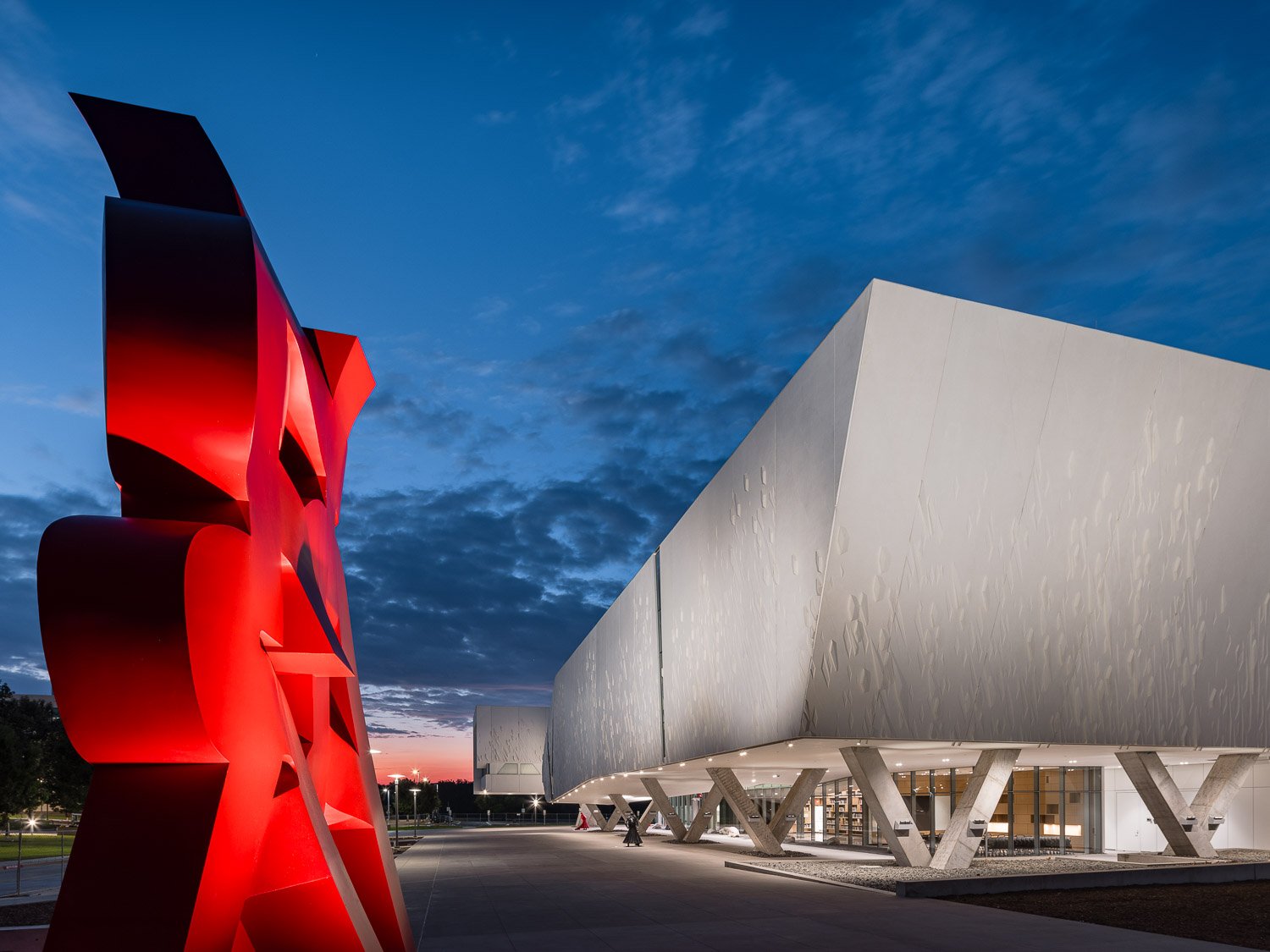(This is part of a series on Indian masters and the motifs that appear repeatedly in their works. Next: MF Husain’s Horses)
Subodh Gupta, the first contemporary Indian artist to cross the one-million-dollar mark in an auction in 2008, is renowned for his ability to transform quotidian objects such as tiffin boxes, milk cans and bicycles into monumental and thought-provoking art installations. Kitchen utensils, both old and new, have been a recurring motif in Gupta’s art, used to comment on a range of subjects, from the political and socio-economic to the familial.
Kitchen shelves to art
Growing up in a railway colony in Khagaul, Bihar, some of Gupta’s fondest childhood memories are from being in the kitchen with his mother.
The artist vividly recalls the moment in 1998 when he first discovered the artistic potential of everyday utensils. “As light suddenly entered the kitchen through the window, the shining utensils caught my eye. I brought all of them into my living room and began putting them together to create different forms. From then on, they became part of my art,” Gupta recalled.
Sourced from shops, craft clusters, factories, as well as junkyards, each utensil tells a different story, Gupta said. “Every single one of them is unique. They carry so many memories, including of those who once owned them. As an artist, if I delve into each individual story, I am bound to get lost. When I bring them together, I give them another life, another meaning altogether,” he added.
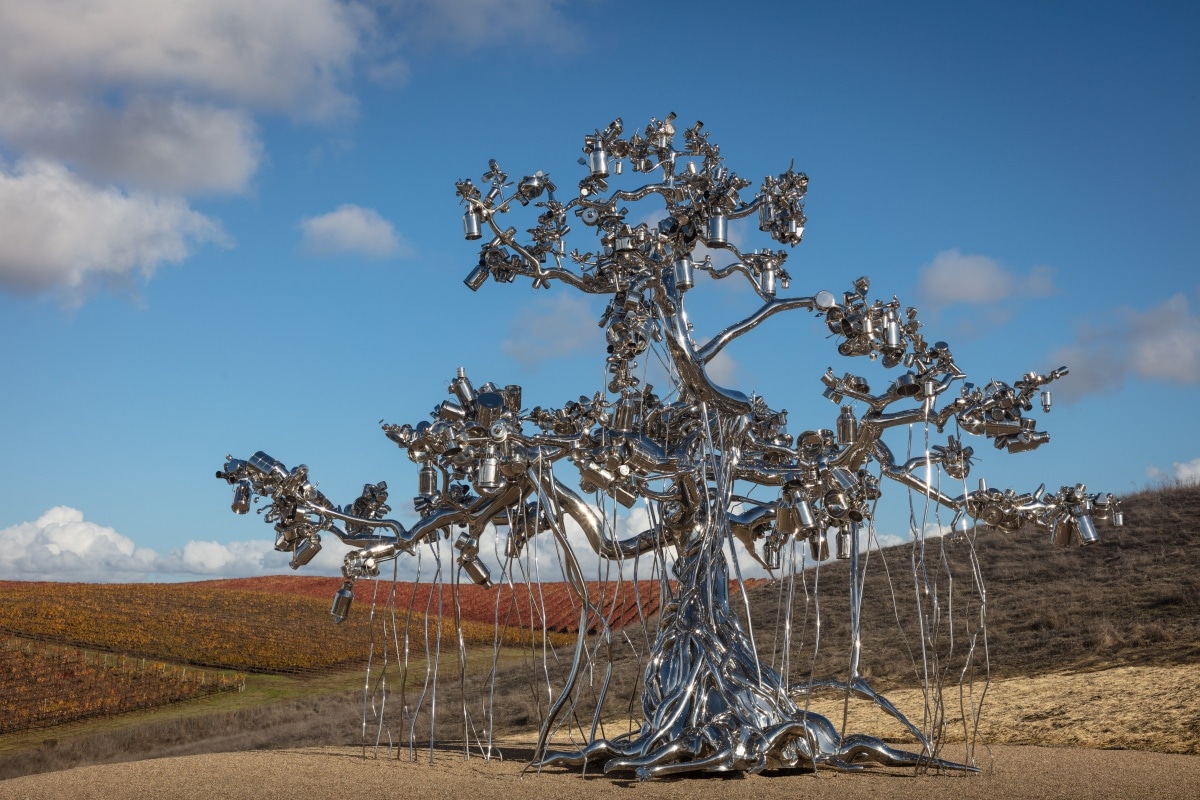 Subodh Gupta’s tree of utensils. (Courtesy Subodh Gupta Studio)
Subodh Gupta’s tree of utensils. (Courtesy Subodh Gupta Studio)
Finding new meanings
A graduate from the College of Art, Patna, Gupta has shaped kitchen utensils in diverse forms over the years, beginning with his first solo held at Chemould Prescott in Mumbai in 1999.
Story continues below this ad
One of his early works incorporating utensils was The Way Home (II) (2001), featuring a life-size white cow encircled with stainless steel utensils and bronze and chrome-plated country-made pistols. The work symbolised the changing political and economic landscape of India, and the political violence Bihar was witnessing in the 1990s.
His installation UFO (2007) comprised brass utensils soldered together to resemble a flying saucer, which commented on “notions of otherness”. Shaped like a mushroom cloud, his installation Line of Control (2008) served as a metaphor for conflicts and political tensions in Kashmir.
Among his most recognised works made with reflective stainless steel kitchen utensils, Very Hungry God (2006) featured a life-sized human skull to symbolise the human condition and themes of consumerism and globalisation.
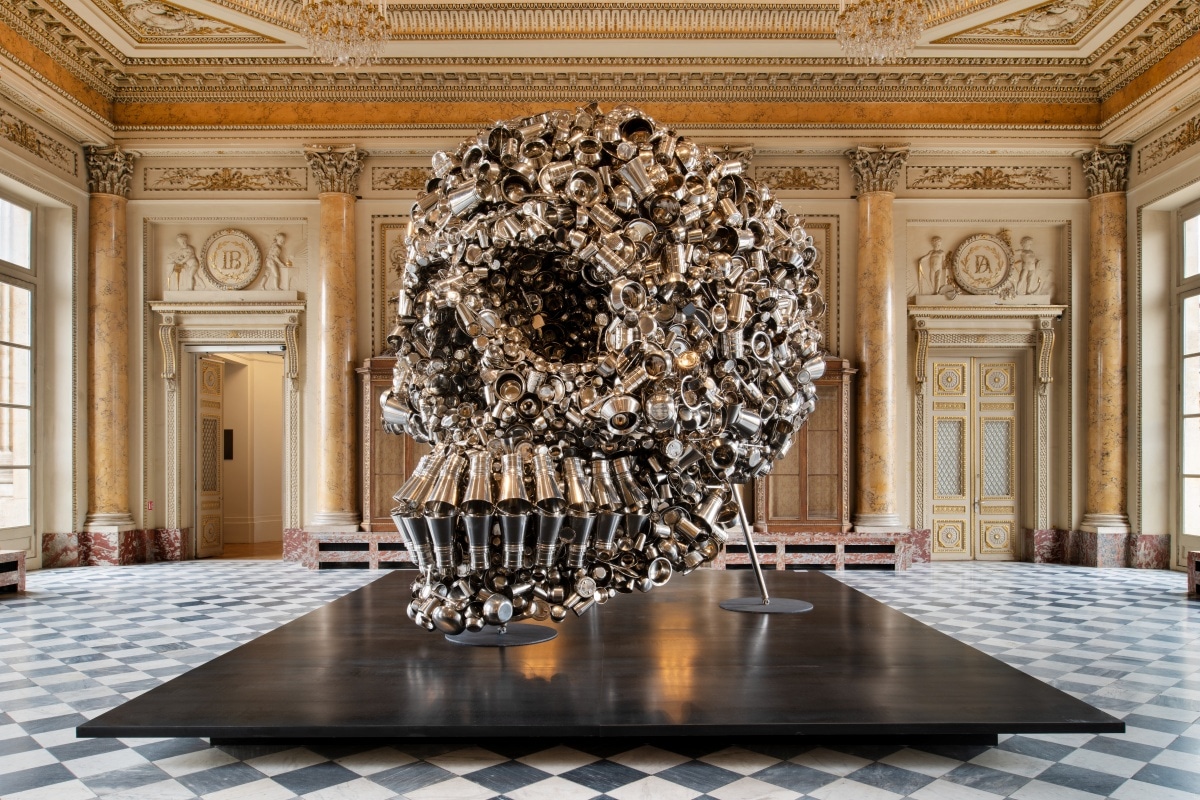 Subodh Gupta’s ‘Very Hungry God’ at Monnaie de Paris. (Courtesy Subodh Gupta Studio)
Subodh Gupta’s ‘Very Hungry God’ at Monnaie de Paris. (Courtesy Subodh Gupta Studio)
Outside the National Gallery of Modern Art in Delhi, meanwhile, is his banyan tree Dada (2007). Borrowing its title from the Hindi word for grandfather, the installation reflects on the theme of rootedness and growth, as well as Dadaism, the avant-garde art movement of the early 20th century.
Story continues below this ad
For My Family Portrait (2013), Gupta took utensils from his brothers and sister to design hanging kitchen racks.
Different forms
Gupta has also explored utensils as conceptual tools, painting them on canvases and also centring performances around installations. “I’m also exploring abstract ideas and thoughts… It’s like samudra manthan, something new emerges every time,” Gupta said.
French curator and art critic Nicolas Bourriaud wrote: “The material used in most of your work is a veritable conceptual trap that reveals a cultural gap. What appears luxurious in the West is part of the lexicon of insecurity over there: your work can be compared to a trader who transports material that is plentiful in one place and rare in another.” (‘On Cultural Precarity: A letter to Subodh Gupta’, 2008).
Gupta, at present, is preparing for another performance art piece. To take place at the Bukhara Biennial in Uzbekistan in September, this piece will utilise traditional ceramic utensils to construct a large dome structure to explore the culinary and architectural links between Uzbekistan and India. It will also see Gupta, in collaboration with Uzbek chef Pavel Georganov, preparing a menu that will bring together Indian and Uzbek cuisine.
Story continues below this ad
He said: “Art has a universal language, so do utensils and food… Here, I will be interacting with my audience as they become part of my work…”.
